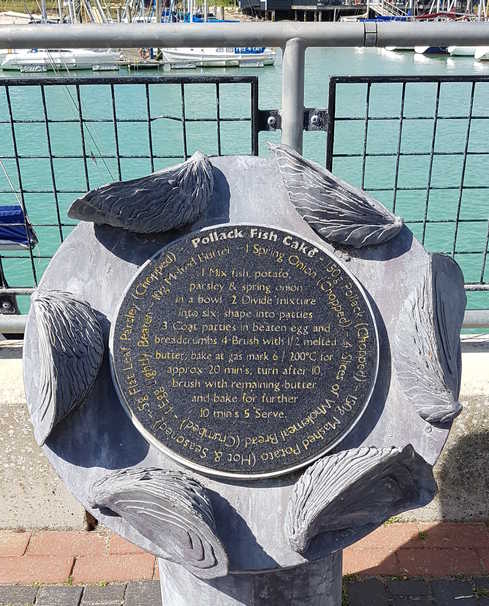
Thou Shall Hev a Fishy on the Littlehampton Dishy

Littlehampton is a rather nice West Sussex seaside town and about the only safe haven between Brighton and Chichester Harbour (as the yacht sails).
The pontoons there sit in the tidal Arun river, though, which mostly disappears at low tide and only offers navigable depth for a keel boat for a short time. So you need to plan your passages quite carefully. Particularly if you're departing westwards, hoping to make Portsmouth or Gosport within the day and having to round the notoriously awkward Selsey Bill with its narrow channels and dangerous rocks.
Not surprisingly it was precisely here that my auto-helm decided to pack up, providing me the luxury of rediscovering how damned difficult single-handedly tacking and gybing a full-sized yacht is without one, not to mention the difficulty of stowing sails and setting lines and fenders coming into Gosport marina without the autohelm to take charge of the boat while I worked (sorry HMS Queen Elizabeth).
Absolutely bloody typically the Solent there is the busiest sea area I've yet sailed in. Battleships, cargo ships, yachts (many racing), speedboats, ferries, ocean liners, aircraft carriers, patrol boats absolutely everything absolutely everywhere.
Funnily enough the only vessel which tried to run me down was another sodding yacht who seemed determined to pass as close to me as possible, requiring me to stay out of his way (being windward boat, though since I wasn't racing, the colregs overtaking rule takes precedence) and becoming shouty when I didn't, because I'd reduced sail so much to make it easier to non-auto-helm the boat that when the wind eased at that very moment I lost all steering.
At least he had the good grace to apologise as he raced off into the distance.
Arun District Council commissioned a series of six recipe-engraved waymarkers along Littlehampton's River Walk to reflect the historical use of the local 18th century Oyster Pond (now a boating lake) used to store oysters brought ashore as the trade grew. I include their recipes for your entertainment, maybe I'll try one or two of the less disgusting ones at some future date?
Oddly for a town at the mouth of the river Arun none of the recipes are for the traditional local dish of Arundel Mullet - served with a sauce of anchovies, lemon, red wine, onion, herbs and nutmeg.
I took no photos of Littlehampton itself (well, other than the recipe stones), so instead enjoy these views taken approaching the needles on the far side of the Isle of Wight a week later. Having repaired the auto-helm at Gosport courtesy of the nearby Raymarine dealer.
True story - it turns out to be possible to sail (well, drift) a small keel boat between the needles at the very top of a spring tide. Stupid but possible. It certainly raised eyebrows on the little fishing skiff that was casting lines in the gap. His advice, after I asked him what depth he had, was that I would be mad to attempt the passage, and expressed curiosity as to whether I couldn't bloody well see the horrible sharp rocks under his hull (actually I couldn't). So I ultra-cautiously bobbed through the empty socket left when the (actually) needle-shaped pillar Lot's Wife collapsed in a 1764 storm.
Around full flood the tide really surges through the needles, and you would be foolish indeed to venture too close, but if you pick your moment around high water on a nice day you can casually float between the surviving chalk stacks without risking too violent an impaling. At the shallowest point I had a full half a meter under the keel, though I'm not sure how close pointy bits might have approached my flanks.
Hampton Oysters
fish starter cheese
I'm unsure of the derivation of the Hampton reference in the recipe title. The stone doesn't say.
It may be a reference to the now-defunct oyster fisheries at Hampton-on-Sea which used to be a village on the south shore of the Thames Estuary in Herne Bay, Kent (and whose demise is an interesting story in itself). Not far from the more famous Whitstable Oyster Company.
Or perhaps it's from the more exotic American Hamptons in Long Island, New York? Which latter is also famed for its oysters. Well, in the U.S. anyway.
Bit of a pity there was no Littlehampton Oysters recipe to record.
It may be a reference to the now-defunct oyster fisheries at Hampton-on-Sea which used to be a village on the south shore of the Thames Estuary in Herne Bay, Kent (and whose demise is an interesting story in itself). Not far from the more famous Whitstable Oyster Company.
Or perhaps it's from the more exotic American Hamptons in Long Island, New York? Which latter is also famed for its oysters. Well, in the U.S. anyway.
Bit of a pity there was no Littlehampton Oysters recipe to record.
Serves 4
Ingredients
- 12 oysters
- 4 spring onions, finely chopped
- 1 slice of wholemeal bread, crumbed
- 25g mature cheddar cheese, grated
- freshly ground black pepper
Preheat grill.
Mix bread, onions and cheese, season with black pepper.
Scrub, open and loosen oysters, leave fish in deeper side of shell.
Place stuffing under and over the top of Oysters.
Place on baking tray and grill until crisp and golden, serve.
Mix bread, onions and cheese, season with black pepper.
Scrub, open and loosen oysters, leave fish in deeper side of shell.
Place stuffing under and over the top of Oysters.
Place on baking tray and grill until crisp and golden, serve.
Pollack Fish Cake
fish main
Pollack or Pollock, close relative of the Coley,
is a fairly unpopular fish, despite Sainsbury's desperate attempt to rename the fish
Colin
(and The Telegraph's typically inaccurate claim to the contrary
- as the Evening Standard humorously observes,
no one visits their fishmonger to buy Pollock twice).
Probably because despite having the flaky white appearance of cod, it possesses none of its flavour.
Serves 2-3
Ingredients
- 150g pollack (chopped)
- 150g mashed potato (hot and seasoned)
- 5g flat leaf parsley (chopped)
- 1 spring onion (chopped)
- 4 slices of wholemeal bread (crumbed)
- 1 egg lightly beaten
- 10g melted butter
Mix fish, potato, parsley & spring onion in a bowl.
Divide mixture into six; shape into patties.
Coat patties in beaten egg and breadcrumbs.
Brush with ½ melted butter; bake at gas mark 6/200°C for approx 20 mins; turn after 10, brush with remaining butter and bake for a further 10 mins.
Serve.
Divide mixture into six; shape into patties.
Coat patties in beaten egg and breadcrumbs.
Brush with ½ melted butter; bake at gas mark 6/200°C for approx 20 mins; turn after 10, brush with remaining butter and bake for a further 10 mins.
Serve.
Baked Stuffed Bass
fish main
Serves 2Ingredients
- 2 medium bass, cleaned
- 4 chestnut mushrooms, sliced
- 5g fresh chives, chopped
- 1 small red pepper, chopped
- 1 slice wholemeal bread, crumbed
- 50g butter
- freshly ground black pepper
- 2 sheets of foil
Preheat medium oven.
Mix stuffing, pepper, mushrooms, bread and chives and season.
Butter inside of fish, pack with ¾ stuffing mix.
Make three slits across fish and stuff with remaining stuffing.
Wrap fish in greased foil and bake - 30 mins.
Unwrap fish and bake - 10 mins, serve.
Mix stuffing, pepper, mushrooms, bread and chives and season.
Butter inside of fish, pack with ¾ stuffing mix.
Make three slits across fish and stuff with remaining stuffing.
Wrap fish in greased foil and bake - 30 mins.
Unwrap fish and bake - 10 mins, serve.
Citrus Mackerel
fish breakfast
Serves 2Ingredients
- 2 mackerel fillets
- 1 citrus fruit
- 50g wholemeal flour for dusting
- 10g butter for frying
- freshly ground black pepper
Heat frying pan.
Add butter and zest of fruit.
Dust fillets in flour and fry skin side with a squeeze of citrus fruit, for 1 min.
Turn fish and fry with a squeeze of citrus fruit until skin is crispy.
Season and serve.
Add butter and zest of fruit.
Dust fillets in flour and fry skin side with a squeeze of citrus fruit, for 1 min.
Turn fish and fry with a squeeze of citrus fruit until skin is crispy.
Season and serve.
Hmmm, not entirely sure these instructions make sense -
are you supposed to squeeze the citrus over the uppermost side that's not currently being fried or over the frying side before frying it?
And if you first fry the skin side and then turn the fish, how will the skin side, now uppermost, turn crispy?
Eh recipe stone? Eh?
Personally I think I'd be inclined to fry completely first, then either drizzle with juice to finish or provide the diner with a segment of citrus to squeeze over themselves. That way you won't prematurely soften the crispy-fried fish.
And if you first fry the skin side and then turn the fish, how will the skin side, now uppermost, turn crispy?
Eh recipe stone? Eh?
Personally I think I'd be inclined to fry completely first, then either drizzle with juice to finish or provide the diner with a segment of citrus to squeeze over themselves. That way you won't prematurely soften the crispy-fried fish.
Huss/Dog Fish
fish main
The title of this recipe is exactly as carved on the recipe stone. Though it seems more a definition of the fish than a description of the dish to me.
Which is a sort of stew.
The Spiny Dogfish or Huss, also once rather deceptively calledRock Salmon or Sweet William when sold in Fish 'n' Chip shops, is actually a variety of smallish shark, typically weighing around 1kg.
Though they do grow up to 10kg, which would make for a big meal.
Unfortunately they aren't particularly tasty, though they were once highly sought after for their extremely rough skin which was used for polishing, and explains the need to skin the fish before eating :)
The Spiny Dogfish or Huss, also once rather deceptively calledRock Salmon or Sweet William when sold in Fish 'n' Chip shops, is actually a variety of smallish shark, typically weighing around 1kg.
Though they do grow up to 10kg, which would make for a big meal.
Unfortunately they aren't particularly tasty, though they were once highly sought after for their extremely rough skin which was used for polishing, and explains the need to skin the fish before eating :)
Serves 2
Ingredients
- 1 huss, cleaned, skinned and cut in ½
- 250ml double cream
- 2 tsp wholegrain mustard
- 10 cherry tomatoes
- 5g chopped coriander
- freshly ground black pepper
Heat frying pan.
Pour in cream, add mustard, fish and tomatoes.
Simmer, turning fish to allow even cooking.
Stir in coriander, serve.
Pour in cream, add mustard, fish and tomatoes.
Simmer, turning fish to allow even cooking.
Stir in coriander, serve.
I think I'd be tempted to fillet the fish though being cartilaginous they are almost free of small bones.
Grilled Plaice
fish main
Dismissed as inedible by a critical graffitist.
Which seems somewhat unfair - it is, after all, just what it says on the stone - grilled fish.
Not really sure it justifies its own tablet. Perhaps they had some stone-carving budget left over?
Serves 1
Ingredients
- 1 plaice, cleaned, dark skin removed
- 100g melted butter
Preheat grill.
Place fish on a greased baking tray skin side down.
Brush with melted butter.
Grill both sides until golden brown. Take care when turning the fish.
Serve.
Place fish on a greased baking tray skin side down.
Brush with melted butter.
Grill both sides until golden brown. Take care when turning the fish.
Serve.
Arundel Mullet
fish main
Since the Littlehampton recipe stones couldn't be bothered to offer up this
famous local recipe, I figured I should!
Traditionally mullet has been a somewhat muddy fish, and required pre-soaking in vinegared water, and simmering in a shallow pot of very lightly salted water to clean the fish. Nowadays your fishmonger is unlikely to offer you muddy produce so you can (probably) perfectly safely use half the boiling water to make the sauce as instructed below. Otherwise use fresh water and forsake your fish-flavoured but muddy stock.
You can substitute any chunky white fish if you can't find mullet e.g. sea bass or pollack.
Apparently mullet (presumably a non-muddy example) is also good fried in butter and served with lemon and anchovies.
Traditionally mullet has been a somewhat muddy fish, and required pre-soaking in vinegared water, and simmering in a shallow pot of very lightly salted water to clean the fish. Nowadays your fishmonger is unlikely to offer you muddy produce so you can (probably) perfectly safely use half the boiling water to make the sauce as instructed below. Otherwise use fresh water and forsake your fish-flavoured but muddy stock.
You can substitute any chunky white fish if you can't find mullet e.g. sea bass or pollack.
Apparently mullet (presumably a non-muddy example) is also good fried in butter and served with lemon and anchovies.
Serves 2
Ingredients
- 1 large grey mullet or 2 white fish fillets
- a few anchovies
- a little lemon juice
- 2 wineglassfuls red wine
- 2 onions, finely chopped
- a grating of nutmeg
- seasoning
- a bunch of sweet herbs thyme, chopped parsley, chives, bay leaves, even a little rosemary
- 1 large fresh mullet
Boil the mullet very gently in lightly salted water for about 15 minutes or 5 if using fillets.
Pour away half the water, lift out the fish and keep warm.
Pound a couple of the anchovy fillets if you feel the sauce will be too mild and add them all to the water. Squeeze in about a quarter of a lemon, add the red wine, the finely chopped onion, the chopped herbs just use whatever you have to hand but avoid overwhelming what is quite a mildly flavoured fish, add a good grating of nutmeg, season, and simmer the sauce down until it reduces by about a third.
Remove any large or woody herbs from the sauce, pour over the fish and serve in a shallow dish.
Pour away half the water, lift out the fish and keep warm.
Pound a couple of the anchovy fillets if you feel the sauce will be too mild and add them all to the water. Squeeze in about a quarter of a lemon, add the red wine, the finely chopped onion, the chopped herbs just use whatever you have to hand but avoid overwhelming what is quite a mildly flavoured fish, add a good grating of nutmeg, season, and simmer the sauce down until it reduces by about a third.
Remove any large or woody herbs from the sauce, pour over the fish and serve in a shallow dish.

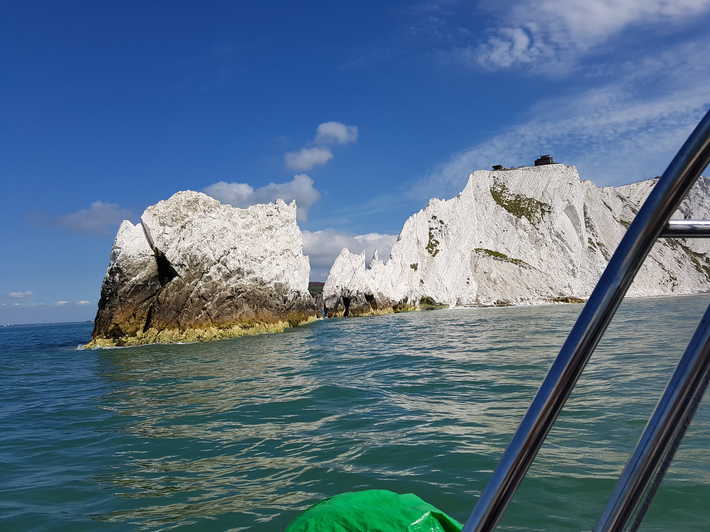

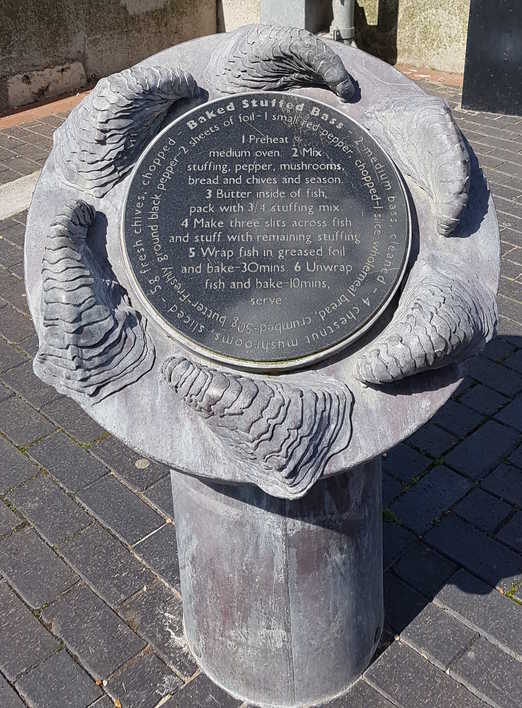
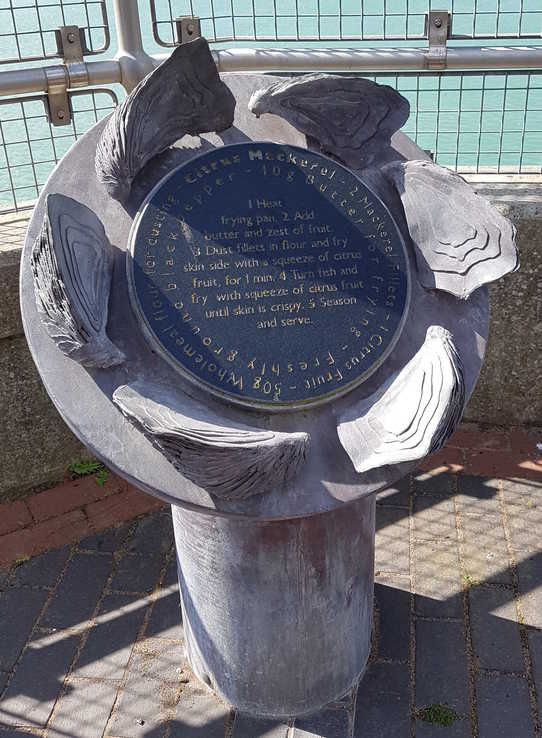
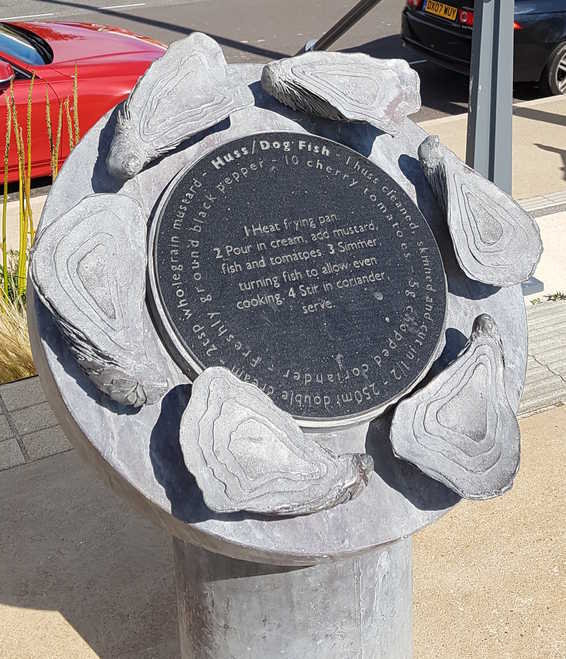

But I'm sure these are good too :)